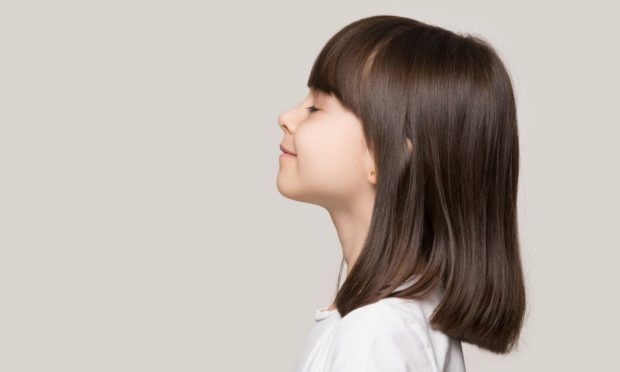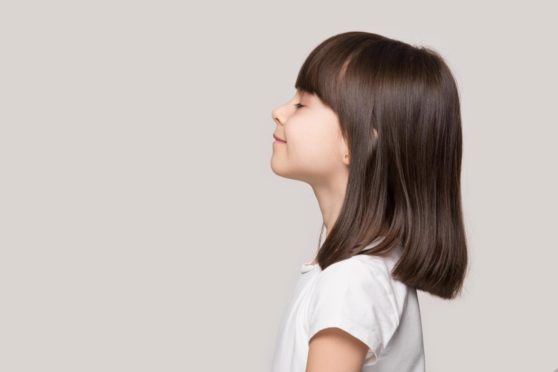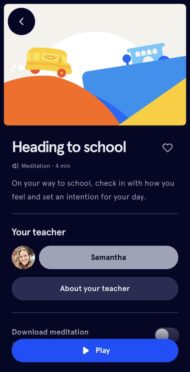If your child is feeling anxious or stressed would you turn to an app on your phone to help their mental health?
Kids have returned to school across Tayside and Fife in the last few weeks.
After a year of lockdowns, home schooling, and with Covid-19 cases on the rise again, many youngsters may understandably feel anxious and stressed about being back in the classroom.
Many parents will wonder what they can do to help.
But would you think of trying mindfulness techniques like meditation to teach them how to cope?
Headspace has just launched new content to help school-age children build healthy, mindful habits – but do you know the benefits?
What is mindfulness?
Mindfulness is the practice of being in the present moment, on purpose (consciously) and without judgement.
Mindfulness helps people notice feelings and thoughts and can help with all sorts of issues in everyday life, including stress, anxiety and depression.
You can train yourself in this awareness by practicing meditation which builds the skill and helps to apply it in everyday life.
Isn’t it just for adults?
Mindfulness practitioner Craig Gilbert, from Zen Life Fife, said starting early can bring benefits right throughout life.
He says: “Mindfulness for children is such a valuable practice to develop early; it helps build resilience now for later life and helps them to understand where emotions come from.
“You can treat emotions as friends, not enemies, and know how to help oneself when thoughts start running away in your head.”
How can it help?
Mindfulness skills, including the technique of noting, can help children prepare for different emotions and situations.
Headspace’s Back to School section, for example, includes simple morning exercises to ensure kids are ready for a good day and teaches how to set intentions for their day on the way to school.
The collection forms part of Headspace’s ongoing mission to support kids’ mental wellbeing and development. It joins Headspace for Kids and the apps partnership with Sesame Street.
The Back to School collection also aims to support adults too, with dedicated content for parents and teachers to help them prioritise their own self-care.
What was our tester’s verdict?
Six-year-old Cal and his mum, from Fife, tested the new Headspace Back to School content to give us their thoughts.
She says: “We switched off the television and sat together on the couch to get comfortable.
“Cal really loved the exercises which included the animation with characters from Sesame Street and managed to get involved with the breathing exercises.
“It only took a few minutes to complete each section and they also stand alone to do one by one over a few days.”
Cal said: “It was a bit strange but I liked putting my hand on my tummy to feel my deep breaths going in and out.
“I would like to try it again.”



